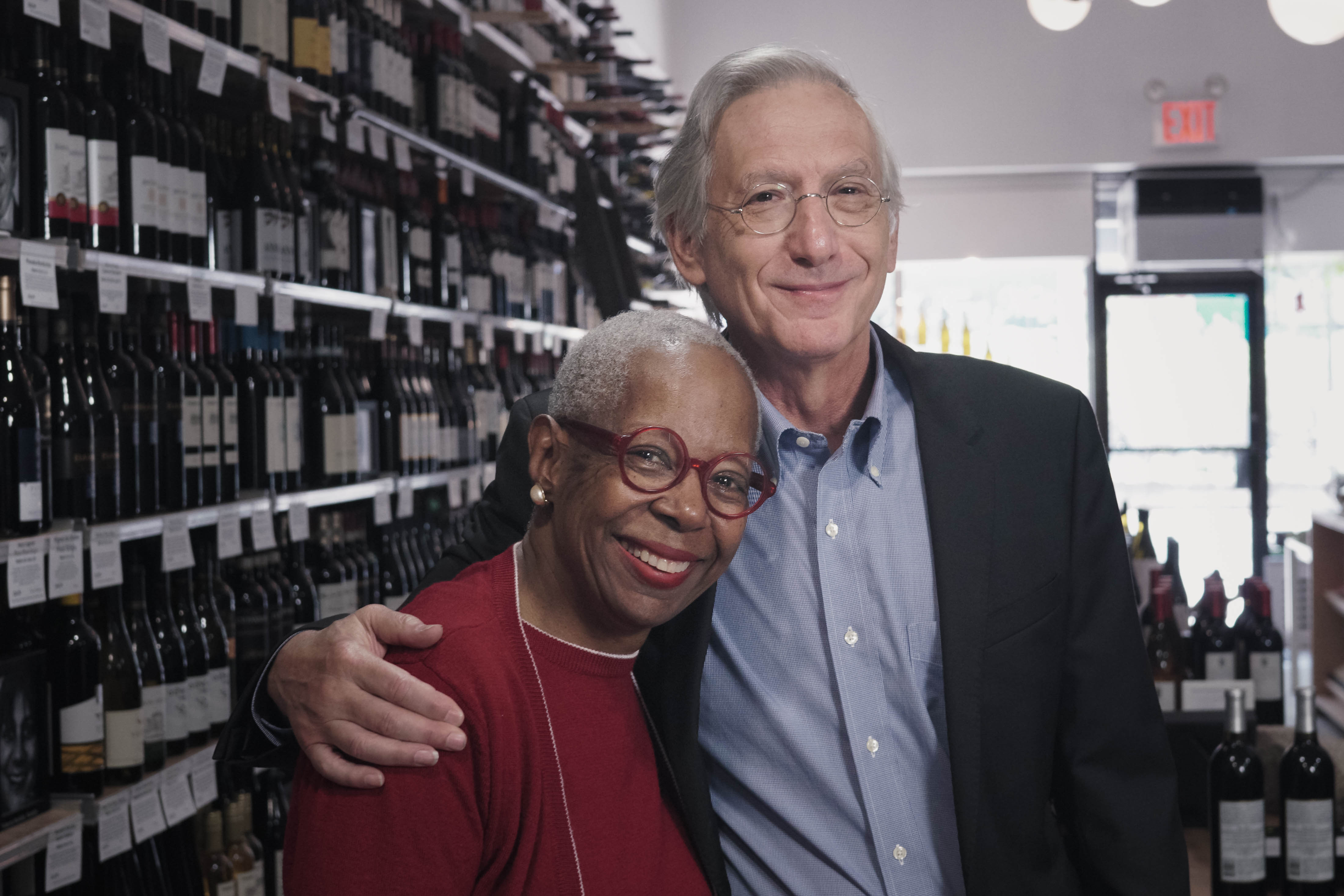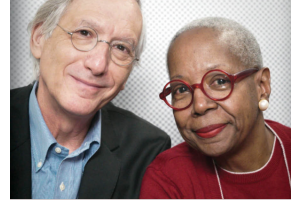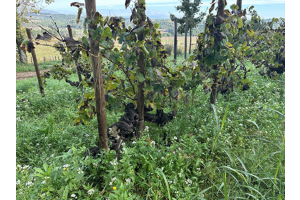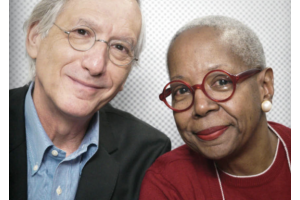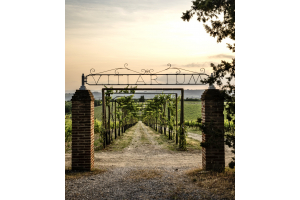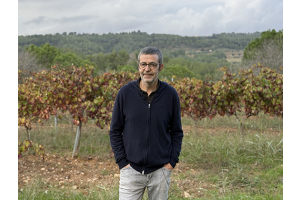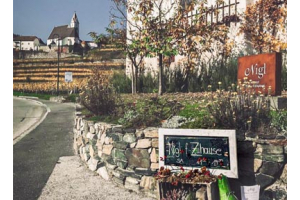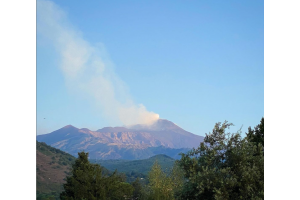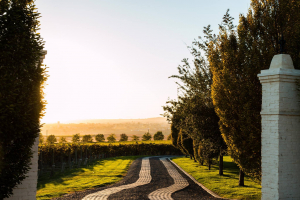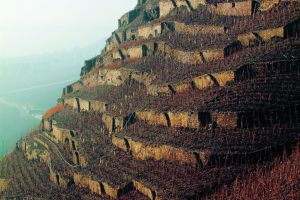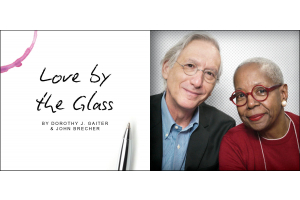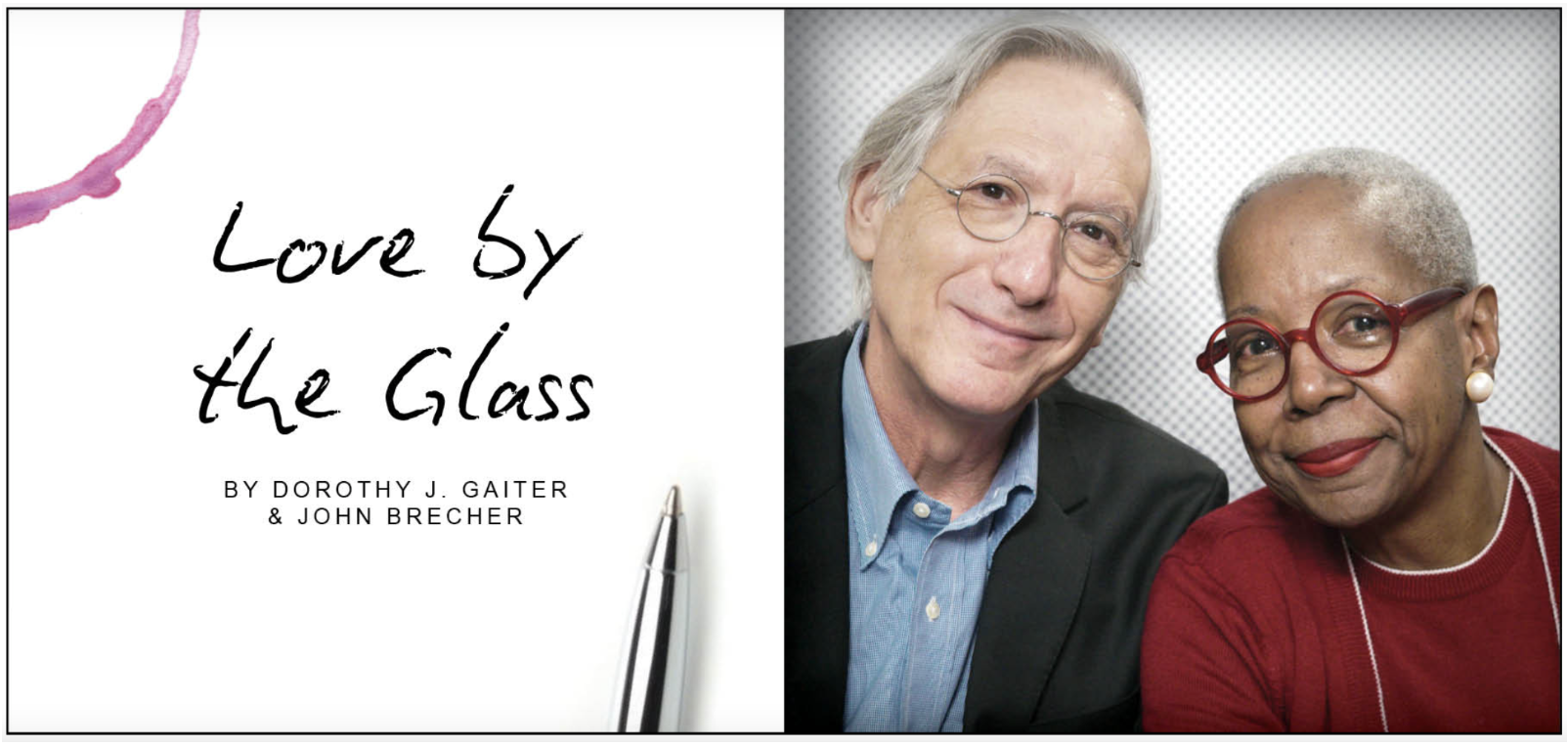
Sometimes, expensive wines are worth the money. We have always said that price alone is no indication of quality and that price and value are different things. We have tasted many wines under $20 that were thoughtful, lovely and true. We have also tried many astonishingly expensive wines that tasted like anvils. Those often came in heavy bottles with elegant labels and higher alcohol than we would like. We thought that, in a way, their high price alone probably gave them cachet with some people.
Pricey wine can be a perfect crime. If you don’t really like it, that means either you 1) are just not sophisticated enough to understand it, 2) opened it too young, 3) opened it too old, 4) didn’t store it well or even – my heavens – used the wrong stemware.
 But here’s the thing: All of this has prevented far too many people, at least from time to time, from tasting the kind of wine that touches their soul in a very special way and that appropriately costs more money because it is created by a visionary winemaker in a very special place where, just for that one year, everything happened precisely right.
But here’s the thing: All of this has prevented far too many people, at least from time to time, from tasting the kind of wine that touches their soul in a very special way and that appropriately costs more money because it is created by a visionary winemaker in a very special place where, just for that one year, everything happened precisely right.
For the past couple of months, we have been tasting a number of expensive wines sent to us as samples. We weren’t looking for a type of wine or a vintage, but for excitement. We wondered in which bottles we would truly taste exceptional passion, wines that in our rating system would be Delicious! Here are five, all red, at a range of prices all above our usual day-to-day wine budget. What’s considered pricey is subjective. The Internet is bulging with price parameters like this: Super Premium, $35-$50; Ultra Premium, $50-$80; Luxury, $80-$150; Super Luxury, $150-$350 and Icon, $350 and above. We are not recommending, necessarily, that you rush out to buy these, but we do hope you will read our brief notes on them and say to yourself, gee, I’d like to feel that way more often and it would be worth the bucks.
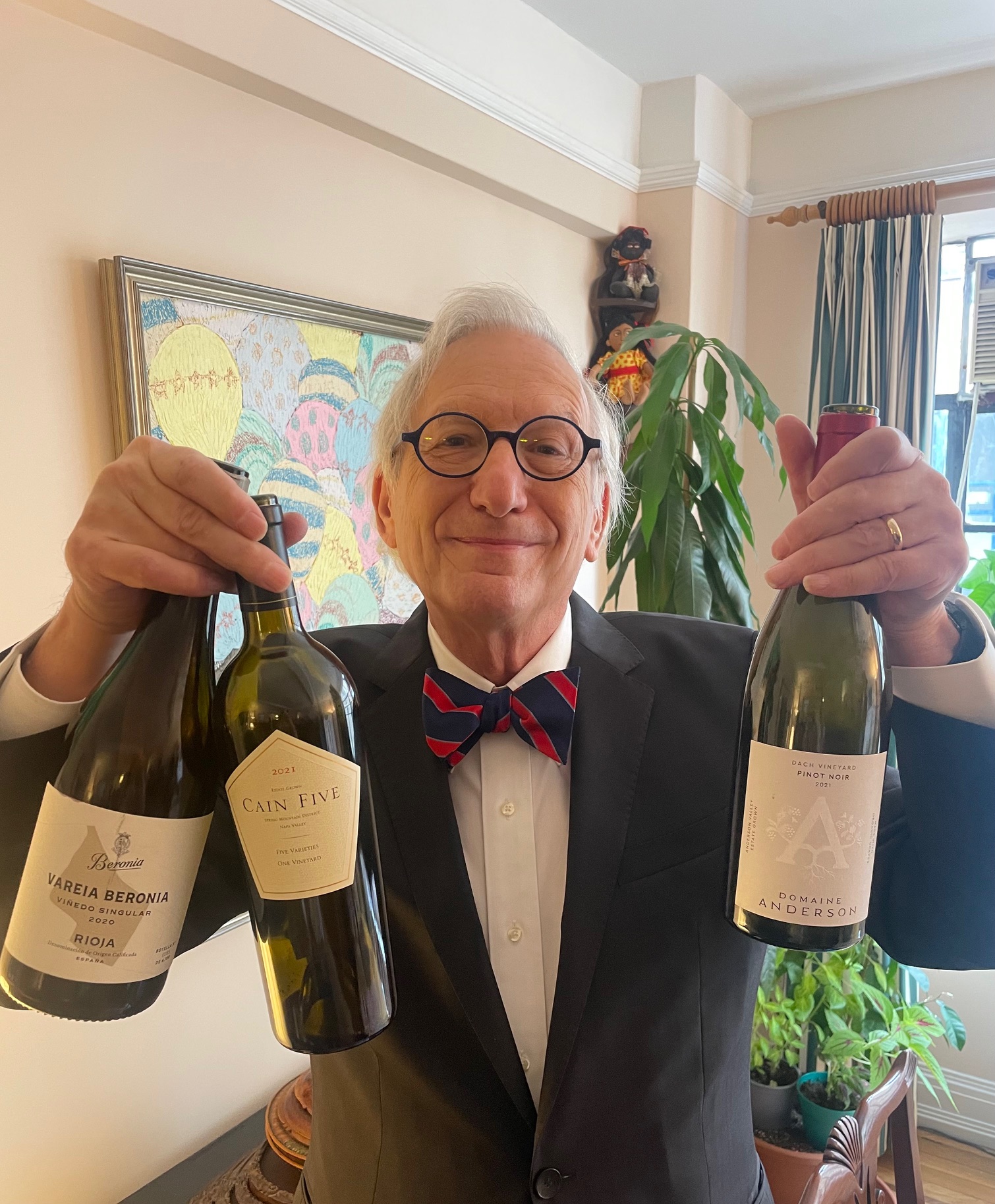 Stag's Leap Wine Cellars “Fay” Cabernet Sauvignon 2021 Napa Valley, $200. Stag’s Leap is famous from the Judgment of Paris, of course, but that was a very long time ago and many great wineries have come and gone since then. Stag’s Leap’s founder, Warren Winiarski, who became convinced he could make the wine of his dreams when he tasted Nathan Fay’s year-old, homemade Cabernet Sauvignon from Fay’s vineyard in 1969, died earlier this year. He must have been very proud to have tasted this. (After various changes, the winery is now owned by Marchesi Antinori.) It looked like a barrel sample, vibrantly purple and dark, and smelled the same, with hints of rosemary, dried roses, and a sense of majestic structure. We decided to decant, which we only do after we have had a few sips of a wine. Soon, the wine had black olives, with a kind of haunting oiliness above minerals and slate and rich dark berries. The layers of taste and sensations were like a mille-feuille. This is extraordinary wine, clearly a Napa Cab but easily the match of the finest Bordeaux.
Stag's Leap Wine Cellars “Fay” Cabernet Sauvignon 2021 Napa Valley, $200. Stag’s Leap is famous from the Judgment of Paris, of course, but that was a very long time ago and many great wineries have come and gone since then. Stag’s Leap’s founder, Warren Winiarski, who became convinced he could make the wine of his dreams when he tasted Nathan Fay’s year-old, homemade Cabernet Sauvignon from Fay’s vineyard in 1969, died earlier this year. He must have been very proud to have tasted this. (After various changes, the winery is now owned by Marchesi Antinori.) It looked like a barrel sample, vibrantly purple and dark, and smelled the same, with hints of rosemary, dried roses, and a sense of majestic structure. We decided to decant, which we only do after we have had a few sips of a wine. Soon, the wine had black olives, with a kind of haunting oiliness above minerals and slate and rich dark berries. The layers of taste and sensations were like a mille-feuille. This is extraordinary wine, clearly a Napa Cab but easily the match of the finest Bordeaux.
Goosecross Cellars “State Lane Vineyard” Cabernet Franc 2021 Napa Valley, $90. Our first word when we smelled this was “whoa!” It’s like the wine bit us right back, with a grin. Cabernet Franc is on the ascendency these days in many parts of the world and this one is outstanding. “Very impressive,” we wrote. “Looks bright and pretty. Taste is pinpoint, nicely taut. Everything is balanced. Pure and focused. Excellent.” After about three hours, the wine relaxed a bit, evening out to a point which we thought many people would prefer, though we liked that early burst of energy and tension. What a great experience. As it happens, we also tasted a Goosecross Tempranillo that we liked ($57). It’s unusual to see a Napa Tempranillo, which is the traditional grape of Spain, but that brings us to….
Vareia Beronia “Viñedo Singular” 2000 Rioja, $80. We’d guess that, when many people think of fine, expensive reds, their minds wander to Bordeaux, Burgundy, Napa and Oregon, and rightly so. But there are worth-every-penny pricier wines from many places (and a good merchant can help you find them). Rioja is one of the classics. This is a wine from a single 1950 vineyard that’s considered “old,” which is true since it’s a year older than we are. The Viñedo Singular classification sets a minimum age for the producing vineyard, along with other stipulations. The first whiff enveloped our noses, with humidor notes and cedar. It was such a relaxed, confident aroma that we just fell into it. The wine itself has the same relaxed, pitch-perfect sense: not too much oak, or vanilla, or alcohol. The tannins were nicely balanced, though the wine is still very young. We had it with salmon, a lovely and elegant pairing. This is a candlelight wine.
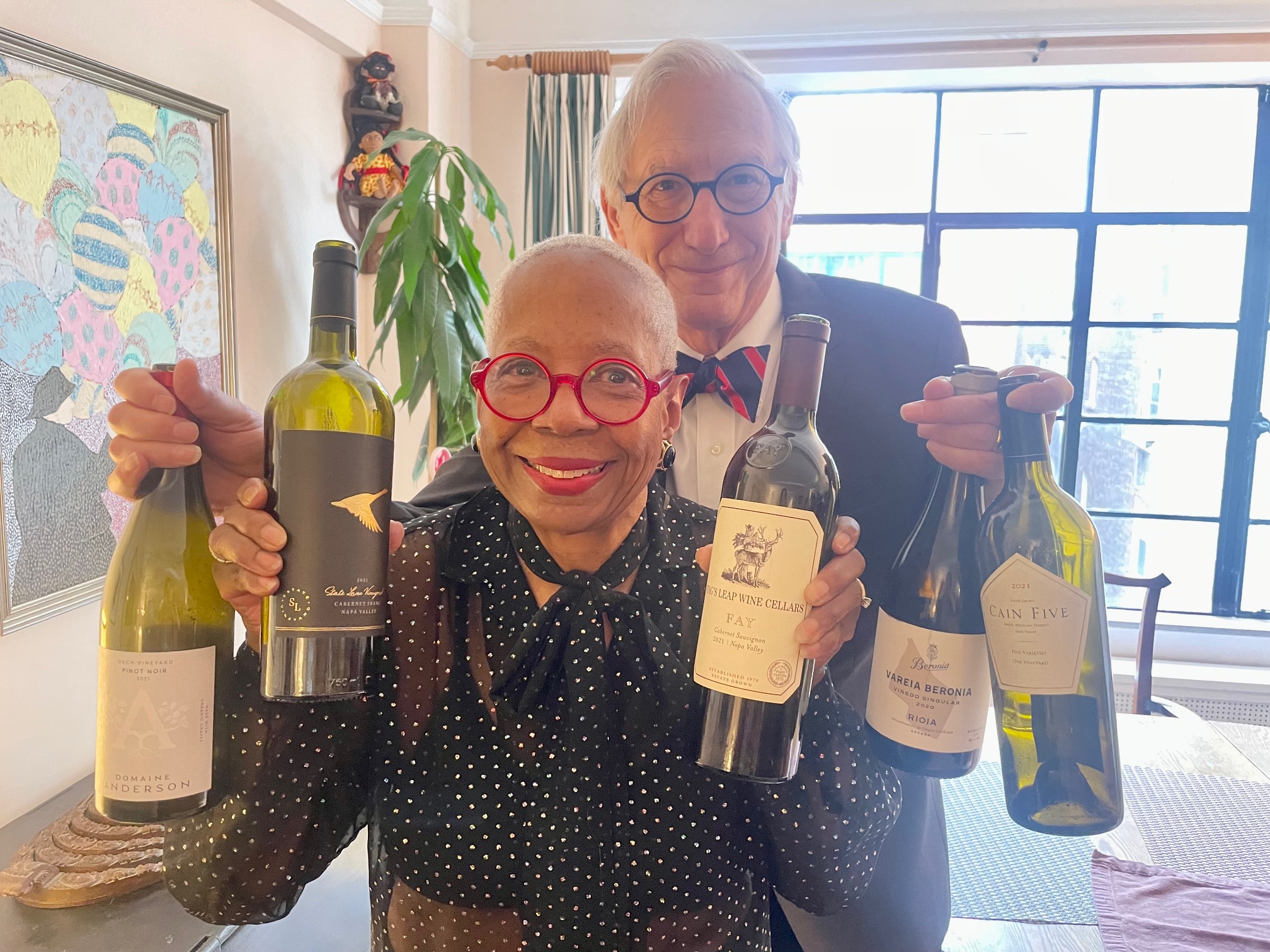 Domaine Anderson “Dach Vineyard” Pinot Noir 2021 Anderson Valley, $70. We wouldn’t classify this as super-expensive, but it’s certainly way more than we’d spend on a house wine. We are including it here because, as Pinot Noir goes these days, this is one of the few we’ve had recently that would still have been worth it at a somewhat higher price. We love Pinot, but so many these days are too heavy and, yikes, those Burgundy prices. (Wine-Searcher’s most expensive Pinot Noir of 2024 was a Burgundy, Leroy Musigny Grand Cru, at $38,267 a bottle, down from $41,000 a year ago.) To us, Pinot should taste like fruit, earth and magic, but too many today are too oaky, creamy, sweet and heavy. This organic one, owned by the Louis Roederer folks, along with nearby Scharffenberger Cellars and Roederer Estate, hit the notes for us. “Lovely,” we wrote. “It’s like the grapes were perfectly ripe and had fine acidity. Honest. Really deft hand here that lets the fruit shine.”
Domaine Anderson “Dach Vineyard” Pinot Noir 2021 Anderson Valley, $70. We wouldn’t classify this as super-expensive, but it’s certainly way more than we’d spend on a house wine. We are including it here because, as Pinot Noir goes these days, this is one of the few we’ve had recently that would still have been worth it at a somewhat higher price. We love Pinot, but so many these days are too heavy and, yikes, those Burgundy prices. (Wine-Searcher’s most expensive Pinot Noir of 2024 was a Burgundy, Leroy Musigny Grand Cru, at $38,267 a bottle, down from $41,000 a year ago.) To us, Pinot should taste like fruit, earth and magic, but too many today are too oaky, creamy, sweet and heavy. This organic one, owned by the Louis Roederer folks, along with nearby Scharffenberger Cellars and Roederer Estate, hit the notes for us. “Lovely,” we wrote. “It’s like the grapes were perfectly ripe and had fine acidity. Honest. Really deft hand here that lets the fruit shine.”
Cain Five 2021 Spring Mountain District Napa Valley, $125-$150 for other vintages. Who doesn’t love a comeback story and, honestly, this is one of the best. Cain Vineyard & Winery has been a classic for more than 40 years, known especially for its flagship Cain Five, made from the classic Bordeaux varieties. In the tragic Glass Fire of 2020, the winery, homes, and a historic barn were destroyed along with much of the vineyard. Fortunately, some older vintages were stored safely off-site. Bit by bit, vine by vine, winegrowers and co-managers Chris Howell and Katie Lazar and their team are bringing their magical place back to life. The 2021, made in small quantities, is the first release of their efforts. We know and respect Howell and Lazar, we consider them friends, but we wondered what we’d find in our mouths. The answer: The best Cain Five we’ve ever had. “Outstanding. Elegant,” we wrote. “So lean and focused. Looks like a barrel sample, almost like a darker Beaujolais, since it’s so young. Vibrant, with blackberries, rosemary, meat juices and black pepper and roses. Classy, with silky tannins. Lean, lean, lean. Simply a beautiful, elegant wine. It avoids all of the pitfalls of Napa Cab but couldn’t be anything else. We’d guess it was mostly Merlot, but Merlot is second, after Cab (40 Cab, 31 Merlot, 15 Franc, 10 Malbec, 4 Verdot).” This exploded in our mouths and made us weepy with reverence for Cain, which we were fortunate to visit before the fire, and for the dedicated and optimistic hearts and hands that are helping it reemerge -- different yes, but magical still. While we can’t find the 2021 anywhere for sale, older vintages are about $125 to $150 and age is generally a plus for these.
There are no guarantees in wine, as in life. And, for us, a drinkable, inexpensive bottle is a little delight for getting through another day. But from time to time, when we happen to tastes wines like this, it makes life just a little bit better for a while.
Dorothy J. Gaiter and John Brecher conceived and wrote The Wall Street Journal's wine column, "Tastings," from 1998 to 2010. Dorothy and John have been tasting and studying wine since 1973. In 2020, the University of California at Davis added their papers to the Warren Winiarski Wine Writers Collection in its library, which also includes the work of Hugh Johnson and Jancis Robinson. Dottie has had a distinguished career in journalism as a reporter, editor, columnist and editorial writer at The Miami Herald, The New York Times, and at The Journal. John was Page One Editor of The Journal, City Editor of The Miami Herald and a senior editor at Bloomberg News. They are well-known from their books and many television appearances, especially on Martha Stewart's show, and as the creators of the annual, international "Open That Bottle Night" celebration of wine and friendship. The first bottle they shared was André Cold Duck. They have two daughters.
